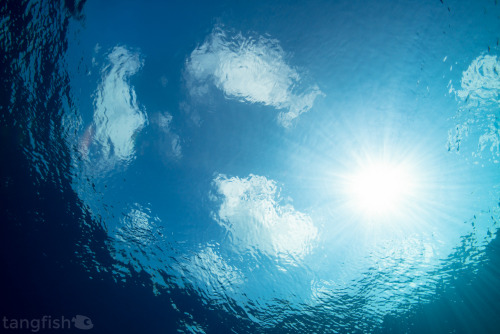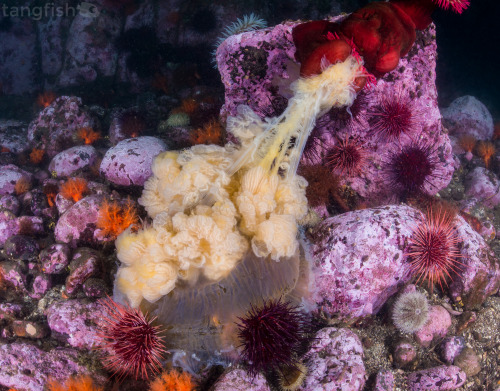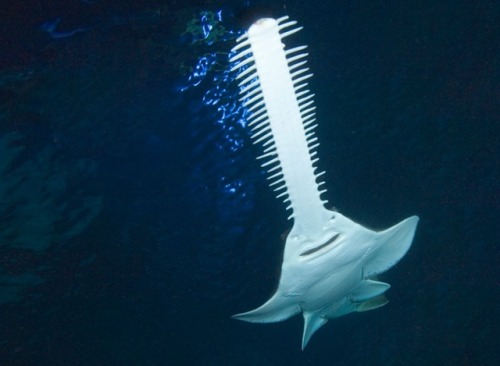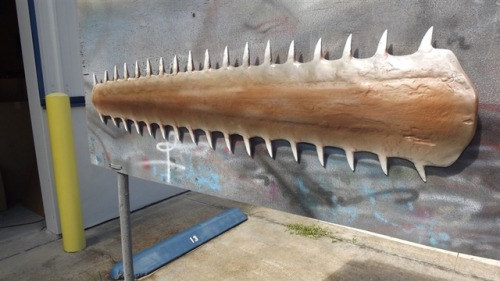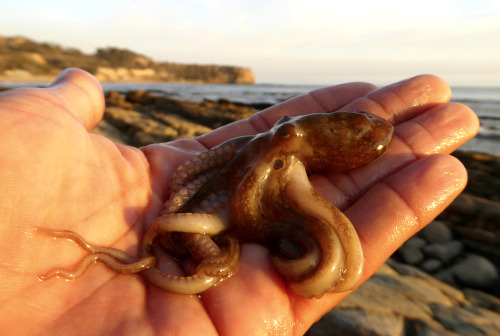#oceans
The main difference between soft and hard corals is that hard corals produce and leave behind a rock-like skeleton as they grow, made of calcium carbonate - CaCO3 (the same substance that chalk and Tums is made out of).
It is these calcified skeletons that together make up the primary structure of a coral reef, which can eventually grow to the size of a mountain range. A good example is the Great Barrier Reef, which despite recent mass bleaching is still presently the largest living thing on Earth and is visible from space - photo taken at Foammulah Atoll, Indian Ocean
Post link
Pyramid Butterflyfish schooling alongside the reef at Bunaken National Marine Park, Indonesia
Post link
Marine ecosystems recycle everything and leave nothing to waste, including this Lion’s Mane Jellyfish that wandered too close to a sea anemone that grabbed ahold of it and wouldn’t let go. The sea urchins quickly got in on the action and it was soon over for this poor jelly, who never got to grow to full size.
Speaking of which, the Lion’s Mane Jellyfish is the largest known species of jellyfish in the world. The largest one ever recorded measured over 7 feet across at the bell and its tentacles stretched over 120 feet long, which is pretty incredible for a creature whose lifespan is only one year - photo taken at Salt Creek, Strait of Juan de Fuca, Salish Sea
Post link
Tangfish (that’s me!) photographing the shipwreck of the U.S.S. Kittiwake - photo taken by Sandy Sondrol at West Bay, Grand Cayman, Caribbean Sea
Post link
The Antarctic cnidarian Liponema brevicornis, or as I call it, the pink furry hat of the deep sea.
Post link
She could part oceans in two with her loving nature but there was a devastating loneliness in her eyes when she smiled.
Sawfish were once very common in their range, but are now amongst the most threatened marine fish. Although they are technically rays, not sharks, sawfish fins are prized for sharkfin soup, and sawfish parts are often used in Chinese, African, South American, Mexican, and Indian traditional medicine. They are also popular game fish, and their saws and teeth command high prices as souvenirs and trophies. Because of this frequent overfishing and rising pollution rates, most species of sawfish are now critically endangered.
Post link
cowrie unsheathed
chestnut cowrie snail (Cypraea spadicea)
Los Angeles county CA Dec. 2015
flatworm ripplescape
Prostheceraeus belliostriatus
Los Angeles county CA Oct. 2015 / ZS40 /
food fought
a temporarily abandoned and tasty cabezon(Scorpaenichthys marmoratus) awaits retrieval in the intertidal zone
Los Angeles county CA Nov. 2015 / T3i /
Post link
saturn devouring his son
Navanax inermis cannibalizes a smaller relative
Los Angeles county CA Nov 2015
Want an explanation? More info on my YouTube-click the link:
king ink
California sea hare (Aplysia californica)
Los Angeles county CA Nov. 2015 / ZS40 /
Octopus rubescens
San Mateo county CA June 2015 / FZ-200 /
hd button recommended
anemones seen here using specialized body growths called acrorhagito attack each other during an argument in the intertidal zone.
Anthopluera xanthogrammica San Mateo county CA, Aug. 2015 / T3i /
Post link



